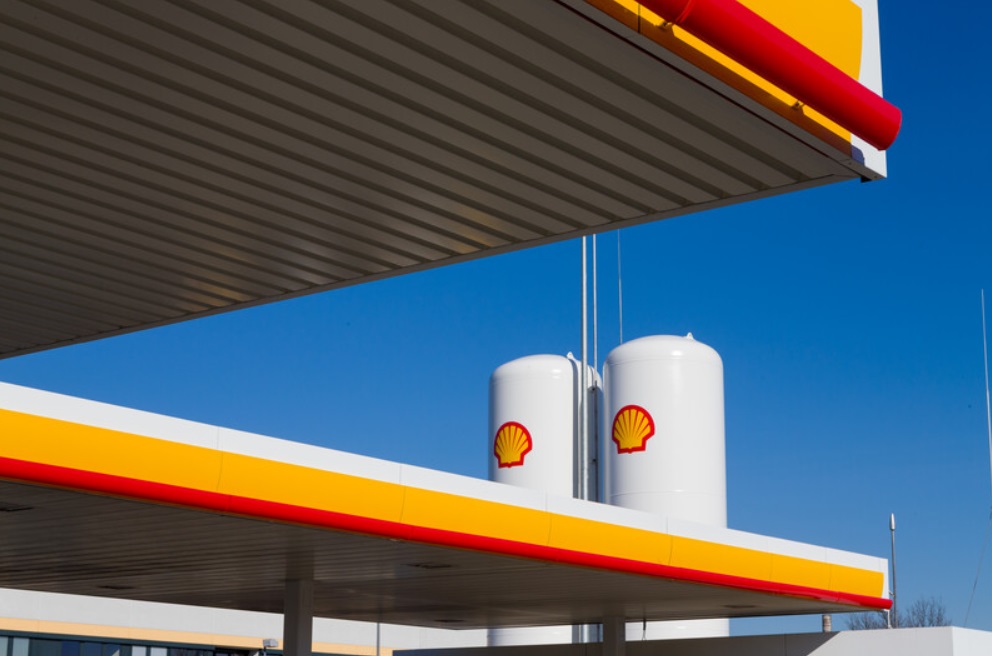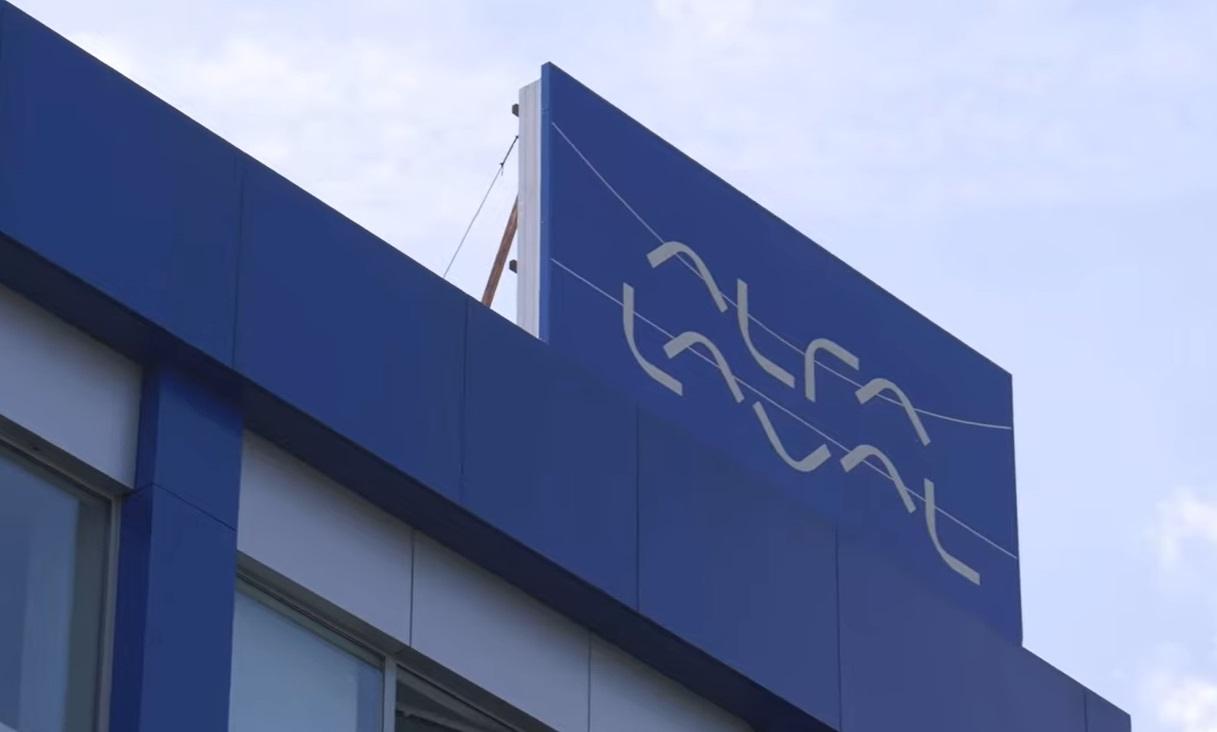Shell Sets Out Net Zero Transformation Strategy, Says Emissions & Oil Production Have Already Peaked
Energy major Shell held its Strategy Day 2021 today, outlining the company’s ‘Powering Progress’ strategy to accelerate its transformation into a provider of net-zero emissions energy products and services. The update includes details on how Shell will achieve its target to be a net-zero energy business by 2050 across Scope 1, 2 and 3 emissions, including setting short-term and interim targets, and investing in renewable and clean energy solutions.
According to Shell, the company has already passed the milestones of peak oil production and carbon emissions, in 2019 and 2018, respectively.
Royal Dutch Shell Chief Executive Officer, Ben van Beurden, said:
“Our accelerated strategy will drive down carbon emissions and will deliver value for our shareholders, our customers and wider society.
“We must give our customers the products and services they want and need – products that have the lowest environmental impact. At the same time, we will use our established strengths to build on our competitive portfolio as we make the transition to be a net-zero emissions business in step with society.”
Shell’s new interim goals include targets to reduce the company’s net carbon intensity by 6-8% by 2023, 20% by 2030, 45% by 2035 and 100% by 2050, using a baseline of 2016. The company said that it will link remuneration of its staff to the achievement of these goals. Shell will also seek to have access to an additional 25 million tonnes a year of carbon, capture and storage (CCS) capacity by 2035. Shell stated that it aims to use nature-based solutions (NBS), in line with the philosophy of avoiding, reducing and only then mitigating, to offset emissions of around 120 million tonnes a year by 2030.
Shell also outlined its investment strategy for the development of its portfolio as it transitions to a low carbon business. The company aims to continue to invest approximately $8 billion annually in upstream, while allocating $2 – $3 billion to Renewables and Energy Solutions, $8-9 billion to its Transition pillar, including integrated gas, and chemicals and products, and $3 billion to Marketing, which includes its retail and lubricants businesses, with plans to grow its EV charging network to 500,000 charging points by 2025. Over time, Shell anticipates increasing its capital allocation towards its ‘Growth’ pillar, encompassing the Renewables and Energy Solutions and Marketing functions.
In addition to introducing its internal strategy, Shell pledged to develop standards for the industry through work with organizations including the Science Based Targets Initiative and the Transition Pathway Initiative. In December, Shell joined a group of eight major energy companies to establish the Energy Transition Principles, aimed at creating a collaborative platform for energy transition.
Van Beurden said:
“The whole of Shell is changing to be more focused, more resilient and more competitive. And not just for the energy system of today, but for the energy system of the future. The world is changing. So we will change too. And that is what Powering Progress is about.”





